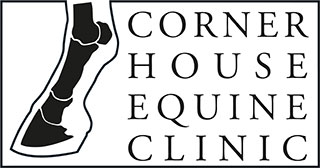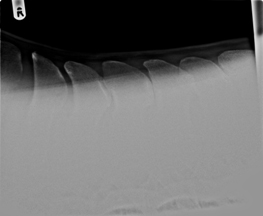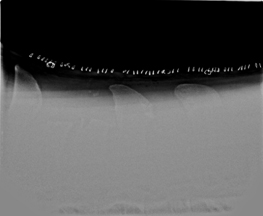This discussion will centre on some common problems that we see, causing hind limb lameness and, in more subtle cases, poor performance.
Reasons and signs of hindlimb lameness
We will often see hindlimb lameness and associated poor performance caused by back problems, sacroiliac problems, hock arthritis (bone spavin) and proximal suspensory desmitis (ligament strain). In subtle cases, these conditions will cause only minor signs. This could include lack of impulsion, poor bending, unusual bucking and kicking, poor transitions and loss of points in competitions. More obvious signs include toe dragging, poor tracking and frank lameness. Sometimes, the problem would have been simmering in the background and is brought to the fore by an unrelated problem, such as a foot abscess or a slip.
Diagnosis
A comprehensive clinical assessment is essential to find the cause of the lameness. This starts with a clinical exam, observation of the horse in hand and often under saddle. Depending on the signs the horse is showing, further tools that we use can include X-rays, ultrasound scanning, nerve blocks and nuclear scintigraphy.
Kissing Spines vs Radiograph post surgery showing removal of kissing spines
Further back, where the spines meet the pelvis, is where we find sacroiliac joint problems. These are sometimes difficult to treat, as the joint is very deep and injection with steroids is technically difficult, other treatments include shockwave, tildren and physio-therapy.
Hock arthritis and suspensory desmitis
These structures are anatomically very close together and it can be difficult to differentiate between the two when diagnosing lameness. In fact, in some cases, the two problems occur simultaneously.
What we more commonly find is that the horse will often have either hock arthritis or suspensory desmitis with secondary back pain. Again treatment for the hock pain will include steroid injections, physiotherapy and joint supplements (injectable and oral). With suspensory desmitis, we will shockwave the area quite extensively. There is also an effective surgical denerving option. However, you have to be aware of FEI competition rules before under taking this procedure.
Prognosis for these conditions varies with the severity of the signs. You have to accept that sometimes permanent on going management and treatment will be required to keep the horse in full work. We however, have been successful in many cases, especially when we have had the opportunity to use multiple treatments.



